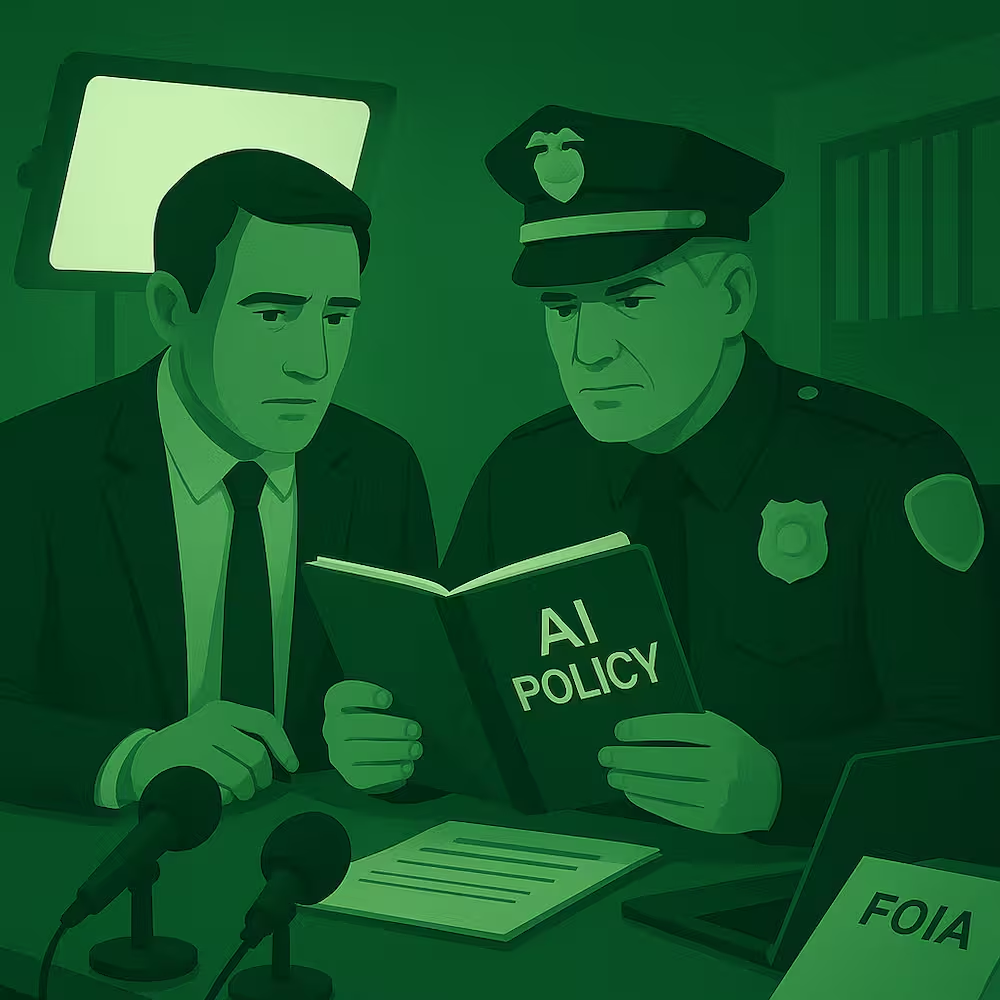Why “Explainability” Is a Dealbreaker in Law Enforcement AI
If your team can’t explain how an AI system reached its conclusions, you’re one bad outcome away from disaster.
Your AI Experts In Law Enforcement

When something goes wrong, “The system said so” doesn’t hold up.
If your agency can’t explain how a tool generated a result, you can’t defend the decision that followed. And in law enforcement, that’s not just bad policy—it’s legal exposure.
Why Explainability Matters
1. You’re Accountable for Outcomes
Whether it’s a dispatch flag, an investigative lead, or a public alert, the decision may start with the system—but it ends with your badge. You need to understand how the output was generated, or you’ll be defending it blind.
2. You Can’t Audit What You Can’t Explain
If legal, oversight boards, or internal reviewers can’t trace how the system arrived at its output, you lose the ability to evaluate fairness, bias, or error. And you can’t improve what you can’t analyze.
3. The Public Won’t Tolerate “Black Box” Policing
If your community or media learns that your agency is using tools it can’t explain, you’ll lose trust overnight—regardless of the system’s actual performance.
What Explainability Looks Like
- System logic summaries: Can the vendor describe how data flows through the model?
- Output traceability: Can you view inputs, intermediate steps, and outputs?
- Decision support, not automation: Is the tool helping staff—not replacing them?
- Training for reviewers: Are HITL users trained on what the system can and can’t do?
We won’t give your details to third party








